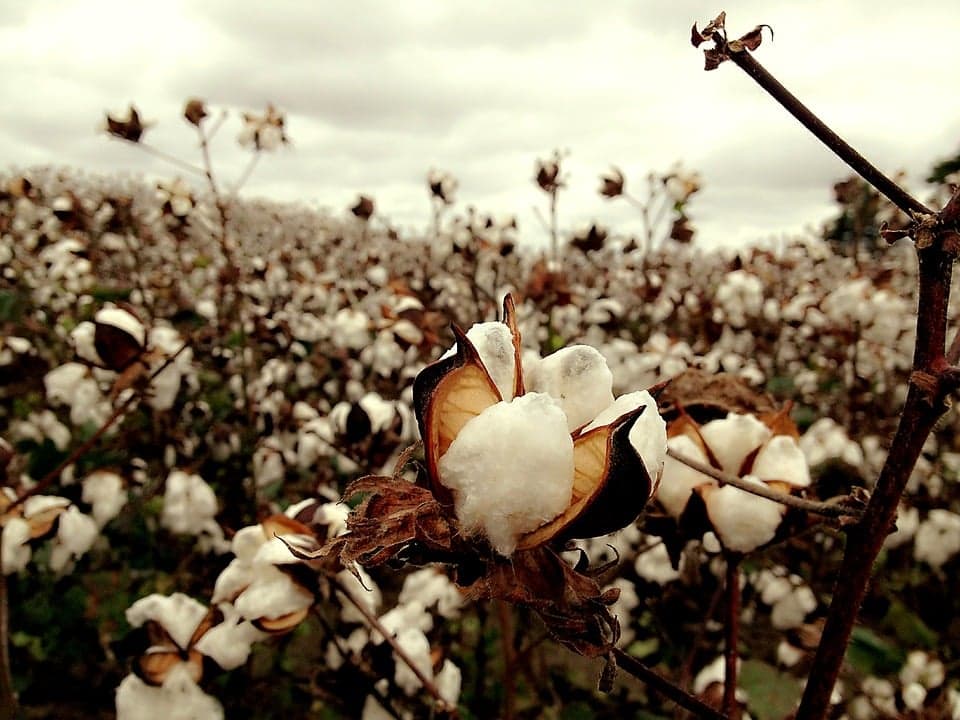Published:
In the last part of this week's series on cash crops, we explore the top two African cash crops.
Africa has long been rich in natural resources, consistently providing other nations with opportunities to obtain its plentiful supply of cotton and cocoa—two of the world’s most important cash crops. According to Merriam-Webster, a cash crop is “a readily salable crop (such as cotton or tobacco) produced or gathered primarily for market.” These crops aim to provide a sustainable way of life for farmers across the continent and are a major reason much of the world’s nations were and still are interested in exploring and investing in Africa.
A major commodity for the world textile industry, cotton is present in 37 out of the 54 African countries and is exported in 30 of those nations. Despite the abundance of this resource, Africa accounts for only about 16 percent of the global textile market, which was valued at $1.6 trillion in 2015. During the colonial Scramble for Africa, the availability of cheap cotton in Africa was a major reason Europe invested so heavily in the continent—to keep up with an ever-expanding population and economy, the people demanded more resources, many of which Africa provided. However, the resulting subsidies and trade agreements from the North America have rendered cotton in Africa hardly profitable. Genetically modified cotton helps farmers combat the continent’s climate, making their business more sustainable. Ultimately, Africa’s cotton industry has the opportunity for major expansion but must overcome obstacles like low prices for the expansion to take place and become a leading sector.
As for cocoa, the African countries of Côte d’Ivoire—the world’s single largest producer—Ghana, Nigeria, and Cameroon account for more than 70 percent of the world’s cocoa production at 2,926,458 tons. Cocoa has long been a coveted good across the globe, originating in Central America and slowly spreading throughout the rest of the world. It figures to stay that way, too. A rise in global price and demand for cocoa, along with an increased availability of agricultural tools in Africa, makes it one of the continent’s leading markets—almost two-thirds of its revenue comes from cocoa.
Ultimately, Africa houses major quantities of two of the world’s most attractive cash crops and continues to be a major supplier to the rest of the global market. While populations and economies continue to expand, these crops figure to stay a relevant part of the economy and provide many opportunities for the continent.
File under






